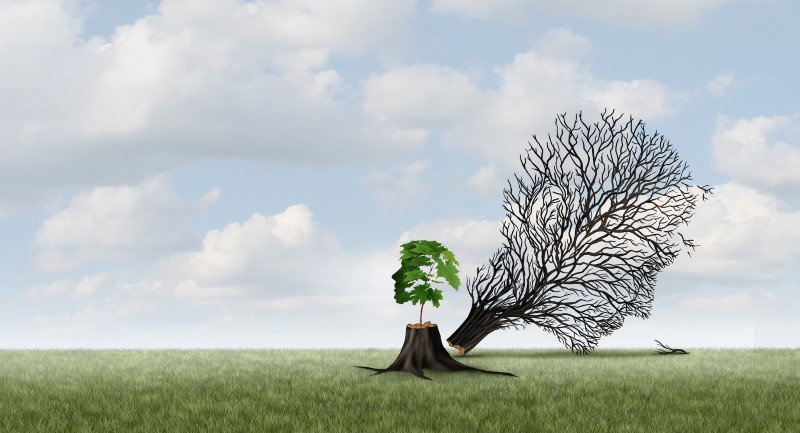How therapy works

What happens in the sessions
Fundamentally, therapy works by a three step process: creating new awareness, deepening understanding and effecting change and transformation. Most of our awareness is in the unconscious and it needs to be brought into our consciousness which is only the tip of the iceberg of our entire mind. The tools for promoting awareness include activating the power of the imagination, metaphors, deep meditation, breath and body work, active and empathic listening- amongst others. However, feeling of trust and safety and a connection with your therapist is the foundation for the work; far more important than the tools and techniques.
Deeper understanding requires a more cognitive and rational approach (CBT style work). We need our assumptions questioned and at times challenged. This will ensure we are not holding on to old stories and scripts that are no longer valid, or indeed stories about us or the world that were never true. We will work together to question which of your truths are your own and which ones you adopted as a crutch to help you get through the challenges of life.
Finally, transformation takes place when we experience tangible changes in the way we think and act in the world outside the therapy session. And when we have more of the relationships we want and need in our lives.
How it works in the mind
We have, broadly, two systems of learning and memory. The first is the unconscious system (attributed to the amygdala in the brain stem) that is developed by around 8 months gestation. That is why some new born babies recognise their mother’s voice. And why we may have certain fears as a result of early experiences that we don’t even remember. This is our most primitive system and we share this with mammals and even reptiles. With this part of our brain, we learn without knowing it. It runs our emotions and we have little control over it. It works 100 times faster than our conscious mind and can get activated in 5 milliseconds. That’s why we react with our emotions before the conscious mind can choose the right response.
The conscious part of our brain is the modern and the relatively recent addition (the pre-frontal cortex). The conscious memory system (coordinated by the hypocampus) takes many years to come online properly (around the age of 6). It is much slower in its processing and takes at least half a second to respond. It is much slower but much smarter and capable of complex analysis.
The old brain and the new brain
Now, here’s the problem. The new system was in fact grafted onto the old primitive system with consequences we would call “the human condition”. Rather a messy and confusing situation. The two networks run in parallel and constantly interact with each other. We have a fast, primitive and unsophisticated network of emotions and reflexes that can react in 5 milliseconds. Then we have a slow but very sophisticated and smart network that we call intelligence and power of analysis. That is why we can’t really have thoughts without associated or concurrent emotions and bodily sensations.
By the time we are adults, we have learnt a great deal through the primitive lens, much of which is no longer serving us. And we need to “unlearn” them. But how do we unlearn things we never knew we learned?! Thankfully our neuroplasticity makes it possible to reshape the brain to a large extent. But we need to know the language of the primitive brain- ie the unconscious mind. Therapy can help with this.
Giving you new choices
Therapy can help us become increasingly conscious of what is running our lives unconsciously. This process is very difficult without a trusted and expert guide to make us aware of our inner processes and questions like: Why do I feel the way I do? Why am I angry/ sad/ anxious for no apparent reason? Why do I like and yet dislike something/ someone? Why can’t I make up my mind? Why am I in two minds? Why can’t I just have one mind?! That is what a therapist does: Help you understand what’s going on at various levels. And understanding can lead to transformation through making new choices.
